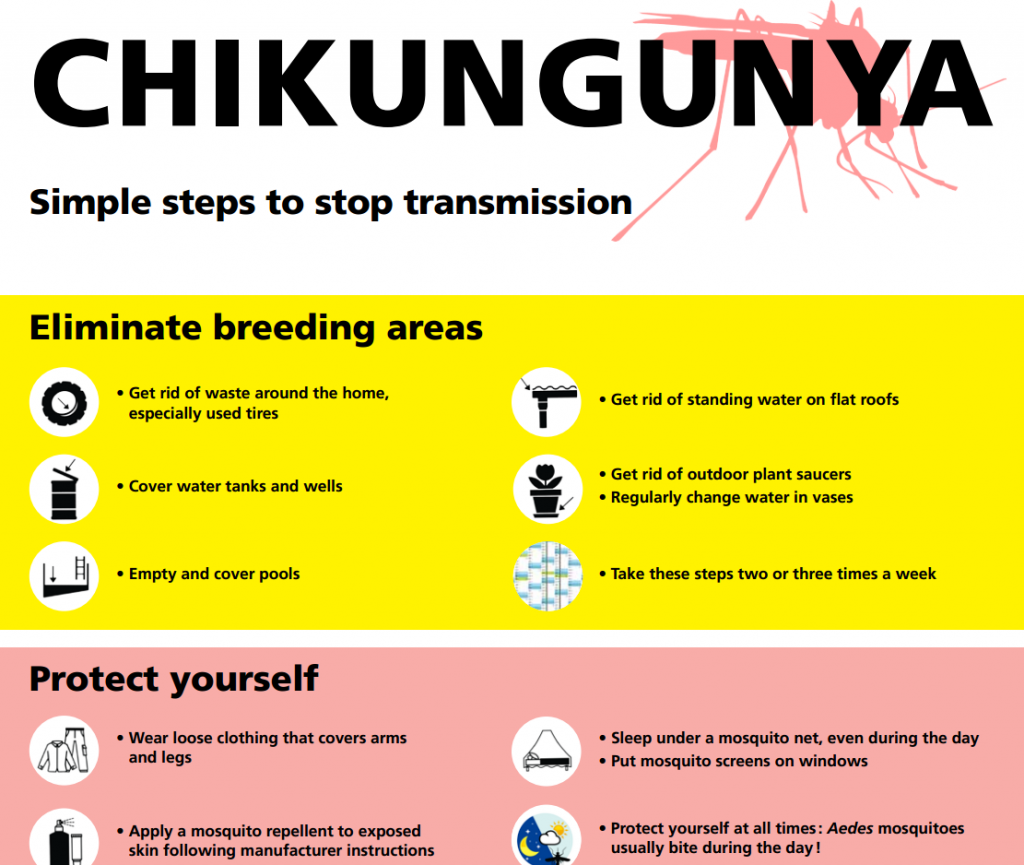While so much attention has been placed the Zika virus epidemic and to a lesser extent dengue fever in Brazil this year, another virus transmitted by the Aedes mosquito is being reported at a nearly 10 times amount compared to the first five months of the year in 2015.

According to a g1.globo.com report (computer translated), the Brazilian Ministry of Health is reporting a nine times increase in chikungunya Jan through May 2016 compared to the same period last year.
Through May, 122,762 chikungunya cases were reported across the country compared to 13,160 cases in 2015 and more than 23,000 cases reported for the entire year.
In addition, the generally considered rarely fatal mosquito borne viral disease has resulted in 17 deaths to date, compared to six reported all of last year.
“Chikungunya is not a mild disease in any way. It is a disease with complications. Many patients, for example, are elderly and have associated diseases. We recently had the case of a lady with chikungunya who was admitted and died of a lung embolus. The final cause was pulmonary embolism, but the primary cause was chikungunya,” warns the epidemiologist Antonio Bandeira.
Chikungunya is a viral disease transmitted by the bite of infected mosquitoes such as Aedes aegypti and Aedes albopictus. It can cause high fever, join and muscle pain, and headache. Chikungunya does not often result in death, but the joint pain may last for months or years and may become a cause of chronic pain and disability.
There is no specific treatment for chikungunya infection, nor any vaccine to prevent it. Pending the development of a new vaccine, the only effective means of prevention is to protect individuals against mosquito bites.
Related:
- Brazil: Dengue down big after release of Friendly™ Aedes genetically engineered mosquitoes in Piracicaba
- H1N1 influenza kills more than 1200 in Brazil to date, 40 percent in São Paulo
- Chikungunya mother-to-baby transmission reported in Brazil


2 thoughts on “Chikungunya up significantly in Brazil this year”